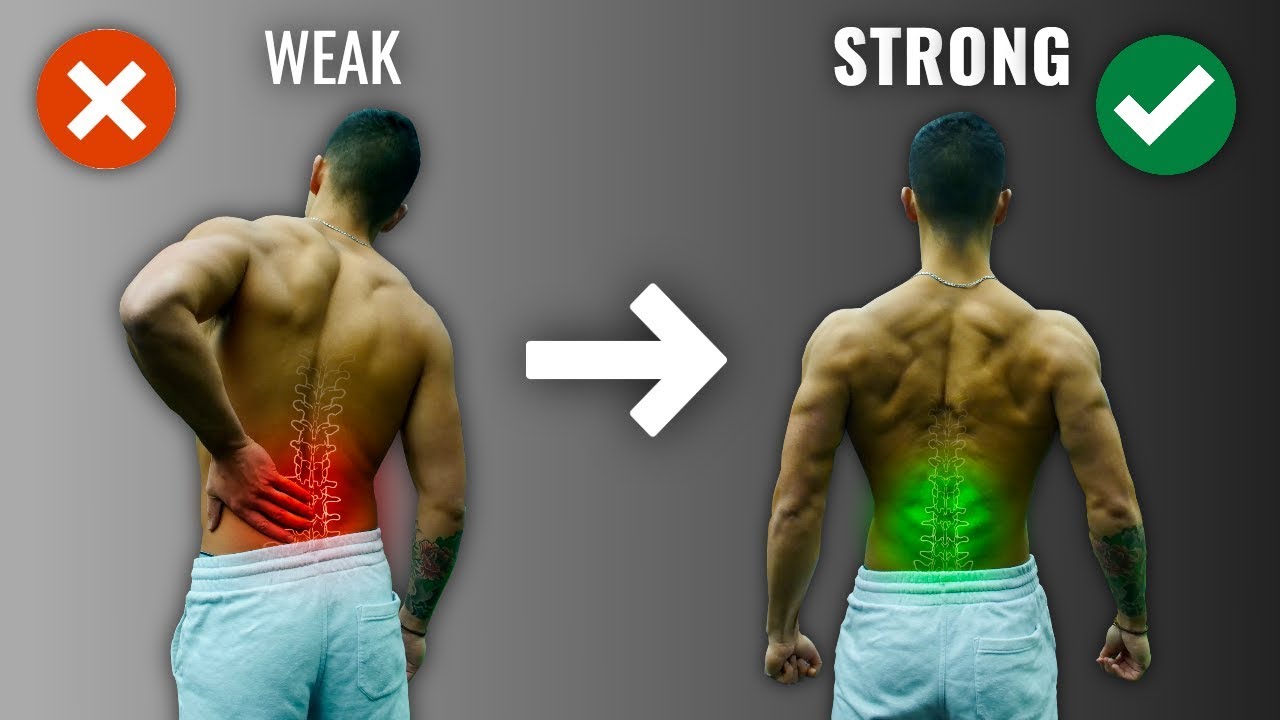Osteomyelitis After Extraction
Osteomyelitis, a severe and potentially debilitating infection of the bone, is a rare but significant complication that can arise after tooth extraction. This condition occurs when bacteria infect the bone tissue, leading to inflammation, damage, and potentially long-term consequences if not properly treated. Understanding the causes, symptoms, and treatment options for osteomyelitis after extraction is crucial for both dental professionals and patients to manage this condition effectively.
Causes of Osteomyelitis After Tooth Extraction
Osteomyelitis can be caused by various factors, but in the context of tooth extraction, the primary cause is bacterial infection. When a tooth is extracted, the resulting socket can provide a pathway for bacteria to enter the bone. This risk is increased in certain situations:
- Poor Oral Hygiene: Inadequate cleaning of the extraction site can lead to bacterial accumulation.
- Contaminated Extraction Site: Introduction of bacteria during the extraction procedure can occur if sterile protocols are not followed.
- Weakened Immune System: Patients with compromised immune systems are more susceptible to infections, including osteomyelitis.
- Traumatic Extraction: An extraction that causes significant trauma to the surrounding bone and tissue can increase the risk of osteomyelitis.
Symptoms of Osteomyelitis
The symptoms of osteomyelitis can vary depending on the severity and stage of the infection. Common symptoms include:
- Pain: Severe pain in the jaw or face, which can be constant or intermittent.
- Swelling: Noticeable swelling of the jaw, face, or gums near the extraction site.
- Fever: Elevated body temperature, indicating the presence of an infection.
- Discharge: Pus or discharge from the extraction site, which may have a foul odor.
- Limited Jaw Movement: Difficulty opening the mouth or moving the jaw due to pain or swelling.
Diagnosis of Osteomyelitis
Diagnosing osteomyelitis involves a combination of clinical evaluation, imaging studies, and sometimes, laboratory tests. The dentist or oral surgeon will typically:
- Conduct a Physical Examination: To assess the severity of symptoms and look for signs of infection.
- Use Imaging Techniques: X-rays, CT scans, or MRI scans to visualize the bone and detect any signs of infection or damage.
- Collect Laboratory Samples: Swabs or biopsies may be taken to identify the causative bacteria and determine the appropriate antibiotic therapy.
Treatment Options for Osteomyelitis
The primary goal of treating osteomyelitis is to eliminate the infection, reduce symptoms, and prevent long-term damage to the bone and surrounding tissues. Treatment may involve:
- Antibiotics: A course of antibiotics tailored to the specific bacteria causing the infection.
- Surgical Debridement: Removing dead or infected bone tissue to promote healing.
- Supportive Care: Managing pain, ensuring good nutrition, and maintaining oral hygiene to support the recovery process.
- Hyperbaric Oxygen Therapy: In some cases, this may be used to enhance the delivery of oxygen to the infected area, promoting healing.
Prevention Strategies
While osteomyelitis is a rare complication, adhering to certain practices can reduce the risk:
- Follow Post-Extraction Instructions: Adhere to the dentist’s or oral surgeon’s advice on caring for the extraction site.
- Maintain Good Oral Hygiene: Regular brushing, flossing, and rinsing can help prevent bacterial accumulation.
- Attend Follow-Up Appointments: Regular check-ups can help in early detection of any potential issues.
Future Trends in Managing Osteomyelitis
The management of osteomyelitis is evolving, with research into new antibiotics, advanced surgical techniques, and the use of biomaterials to promote bone healing. Additionally, the role of genetic factors in susceptibility to osteomyelitis and the potential for personalized treatment plans based on genetic profiling are areas of ongoing investigation.
Myth vs. Reality: Understanding Osteomyelitis
There are several misconceptions about osteomyelitis, including the belief that it is always chronic or that it only occurs in patients with severe immune deficiencies. In reality, osteomyelitis can be acute or chronic, and while immune status plays a role, it can affect anyone, especially if proper care is not taken after a tooth extraction.
Conclusion
Osteomyelitis after tooth extraction is a serious condition that requires prompt and effective treatment. By understanding the causes, recognizing the symptoms, and following appropriate treatment protocols, dental professionals and patients can work together to manage this condition and prevent long-term consequences. Prevention through good oral hygiene and adherence to post-extraction care instructions is also crucial in reducing the risk of developing osteomyelitis.
What are the first signs of osteomyelitis after a tooth extraction?
+The first signs of osteomyelitis can include persistent pain, swelling, or discharge from the extraction site, along with fever. These symptoms can indicate an infection that requires medical attention.
How is osteomyelitis diagnosed?
+Osteomyelitis is diagnosed through a combination of clinical examination, imaging studies like X-rays or CT scans, and laboratory tests to identify the causative bacteria.

